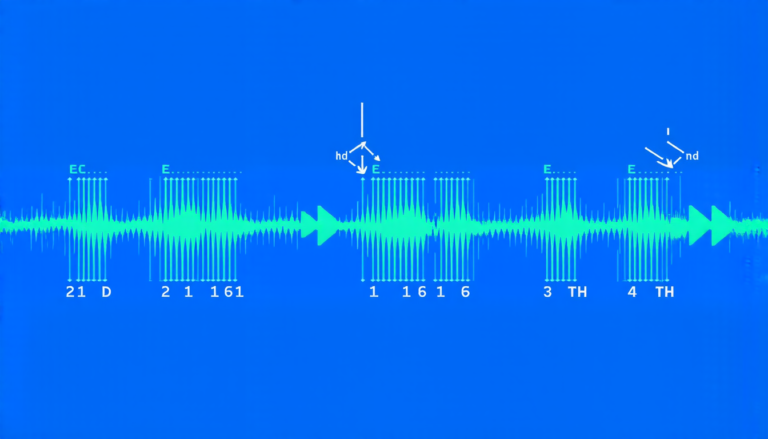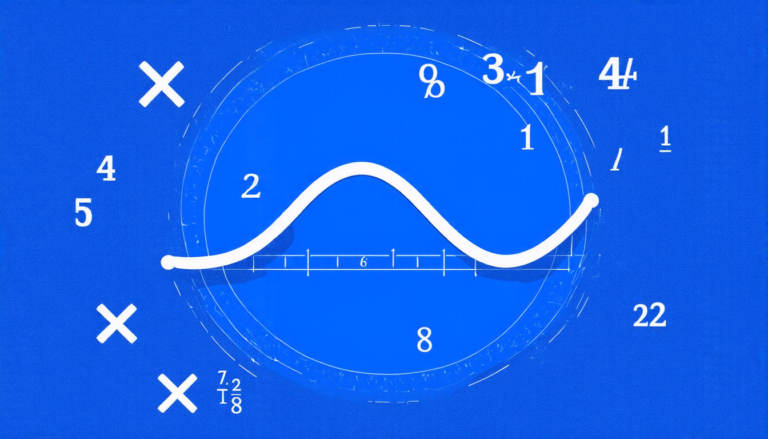Thursday 10 April 2025
The quest for precision in understanding biological movement has led scientists to develop a new set of mathematical tools, capable of tackling complex problems in various fields. A team of researchers has successfully derived explicit formulas for the first and second moments of spherical distributions, which are essential for modeling directional data.
Spherical distributions, often used in geology and astronomy, describe the orientation of objects or particles in three-dimensional space. In biology, these distributions can be applied to model the movement patterns of animals, such as migratory birds or fish, as well as the growth and spread of tumors. However, calculating moments for high-dimensional spherical distributions has been a significant challenge.
The researchers employed a novel approach, using the divergence theorem on the unit ball to transform and simplify integrals. This method allowed them to derive explicit formulas for the variance-covariance matrices of n-dimensional von Mises-Fisher and peanut distributions. The von Mises-Fisher distribution is commonly used in geology and astronomy, while the peanut distribution has been applied to model biological movement.
The derived formulas have significant implications for various fields. In biology, they can be used to develop more accurate models of animal migration patterns and tumor growth. In geology, these formulas can help researchers understand the orientation of rock formations or the movement of fluids through porous media.
Moreover, the new mathematical tools can be applied to other areas, such as computer graphics or machine learning. For instance, they could be used to improve the realism of simulations in video games or to develop more efficient algorithms for data analysis.
One of the most intriguing aspects of this research is its potential to reveal new insights into biological movement patterns. By using these formulas, scientists may uncover previously unknown relationships between environmental factors and animal behavior. For example, they could discover how the orientation of an animal’s habitat influences its migration patterns or how changes in its environment affect its movement.
The development of these mathematical tools represents a significant step forward in understanding complex biological systems. As researchers continue to refine their models, we can expect new breakthroughs in our understanding of the intricate relationships between animals and their environments.
Cite this article: “Unraveling the Secrets of Biological Movement: A New Mathematical Framework”, The Science Archive, 2025.
Mathematics, Biology, Movement, Spherical Distributions, Directional Data, Von Mises-Fisher Distribution, Peanut Distribution, Tumor Growth, Animal Migration, Machine Learning







